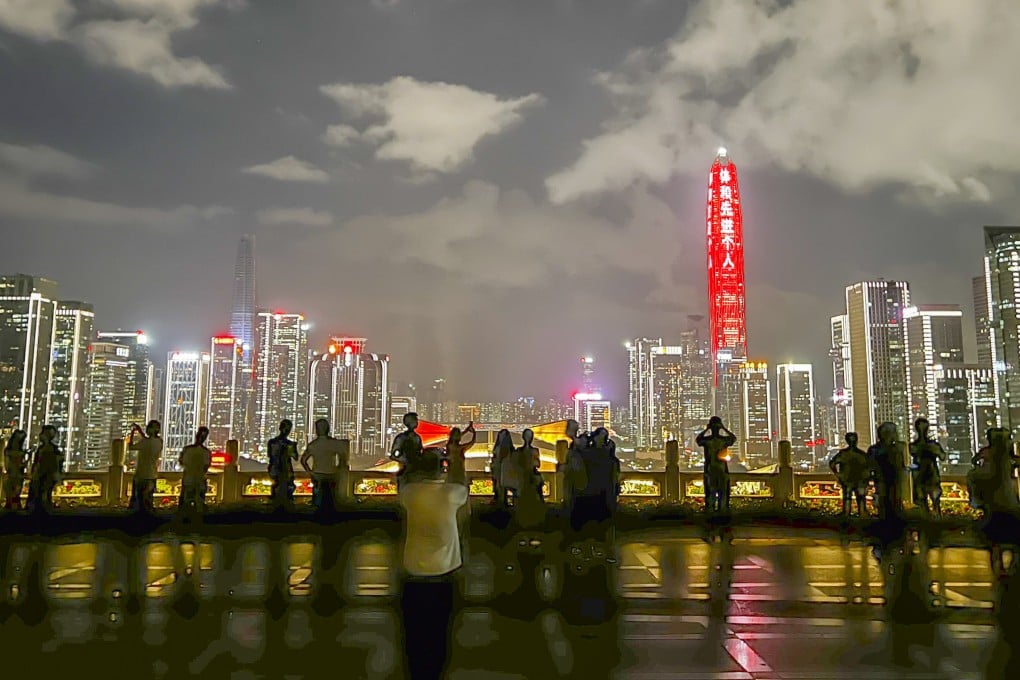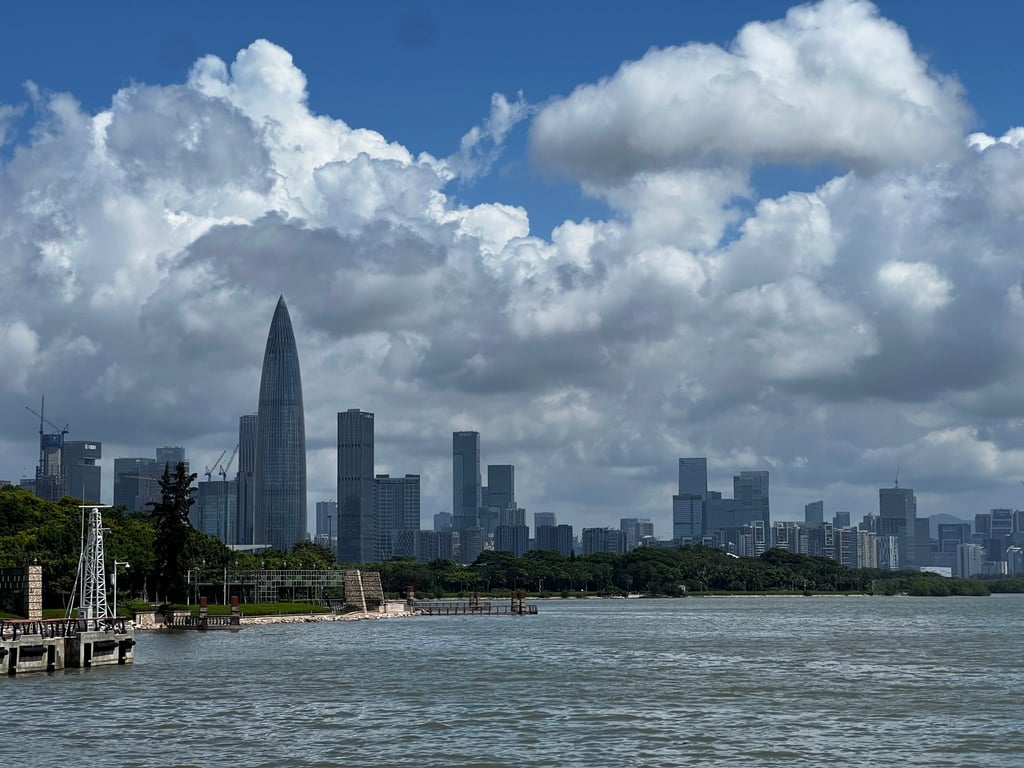The rise of Shenzhen, China’s Silicon Valley – from seaside town to fast-moving city with secret pockets of tranquillity
- A little over four decades ago, Shenzhen was a fishing town on China’s south coast. Today, it boasts the highest GDP per capita in China
- ‘The Silicon Valley of China’ is now home to tech giants, graduates and entrepreneurs – but look closer and you can still see its roots and a slower way of life

Trees may be nature’s most reliable gauge of the passing of time; a seed cannot be rushed into becoming a tree regardless of how much nourishment is provided.
In that sense, the arboreal bounty that neatly lines many of Shenzhen’s roads may be one of the southern Chinese city’s most obvious anomalies – a feature that has not been hastened by “Shenzhen speed”.
The change of nearly everything else in this metropolis – birthed in the late 1970s as a testing ground for radical economic policy reforms – took on such unprecedented momentum that a term had to be coined to describe it.
A town of little more than 300,000 people at the time, Shenzhen was one of China’s first four special economic zones (SEZ), which were allowed to adopt capitalistic practices ahead of the rest of the country.

Deng’s statue stands tall and proud at the highest point of the city’s Lianhuashan Park, overlooking the central business district of Futian, where the high rises extend beyond what looks like a huge bird about to take flight. This government building, the Civic Centre, was constructed in the 1990s to symbolise the ambition of the nascent metropolis.